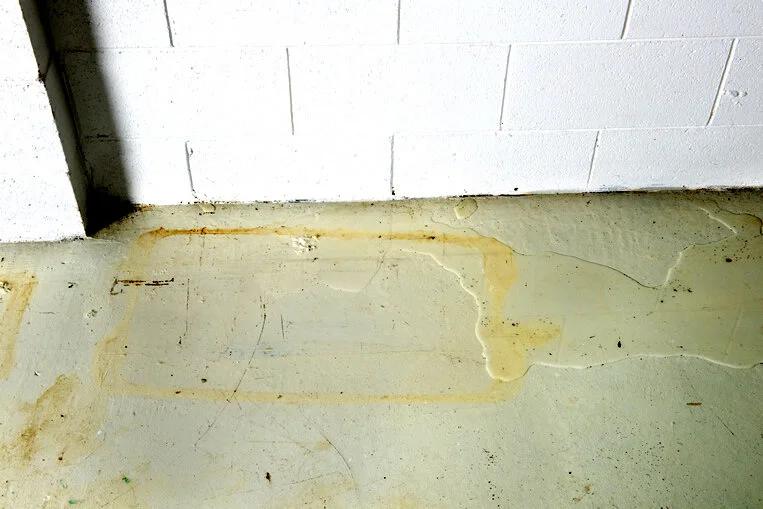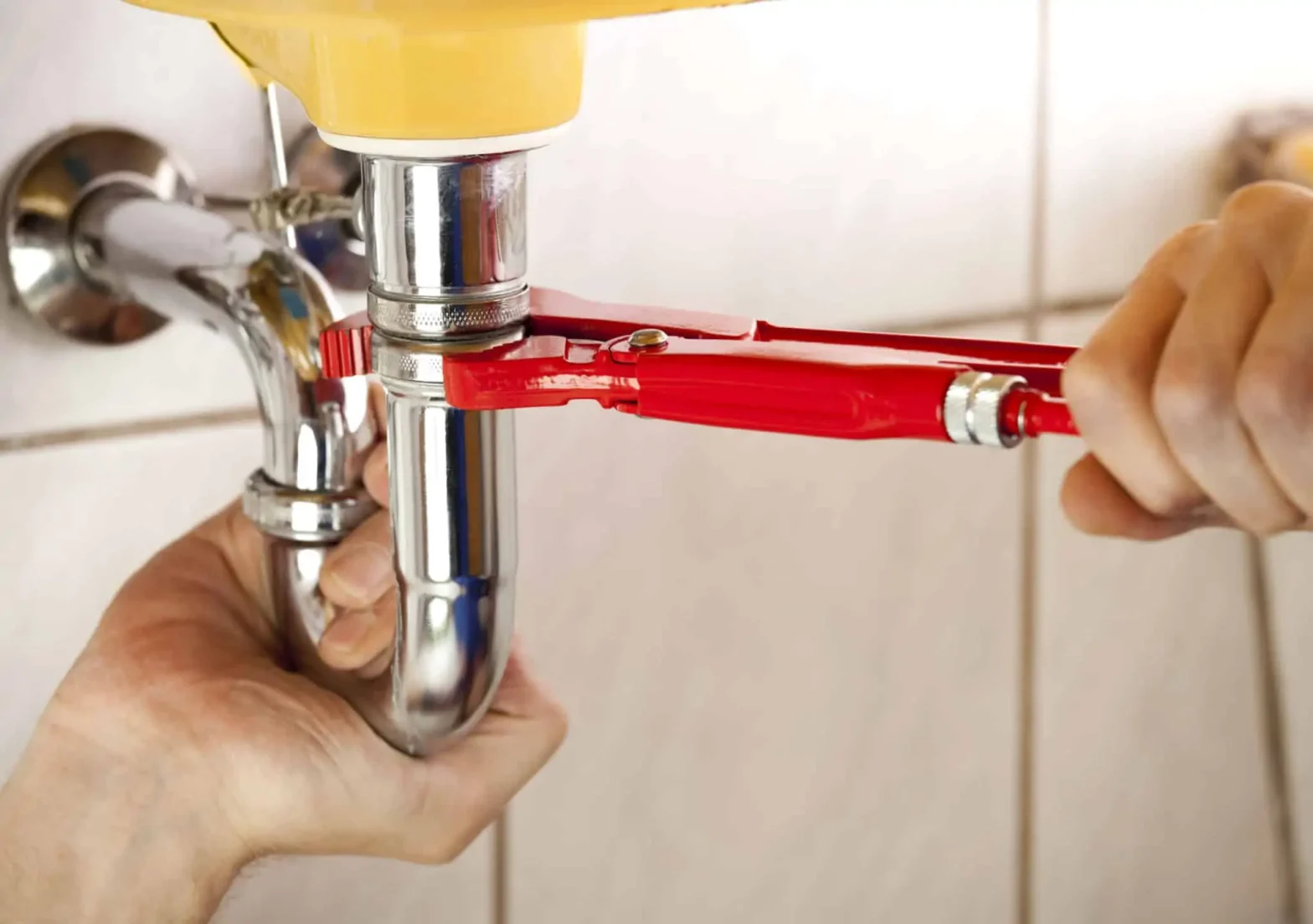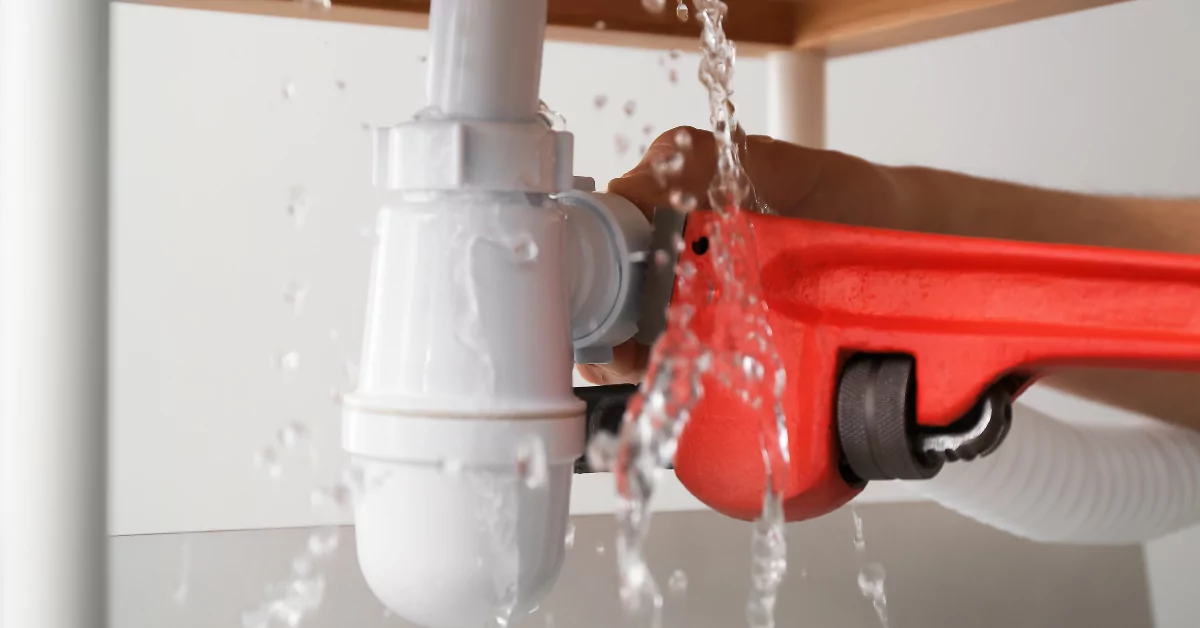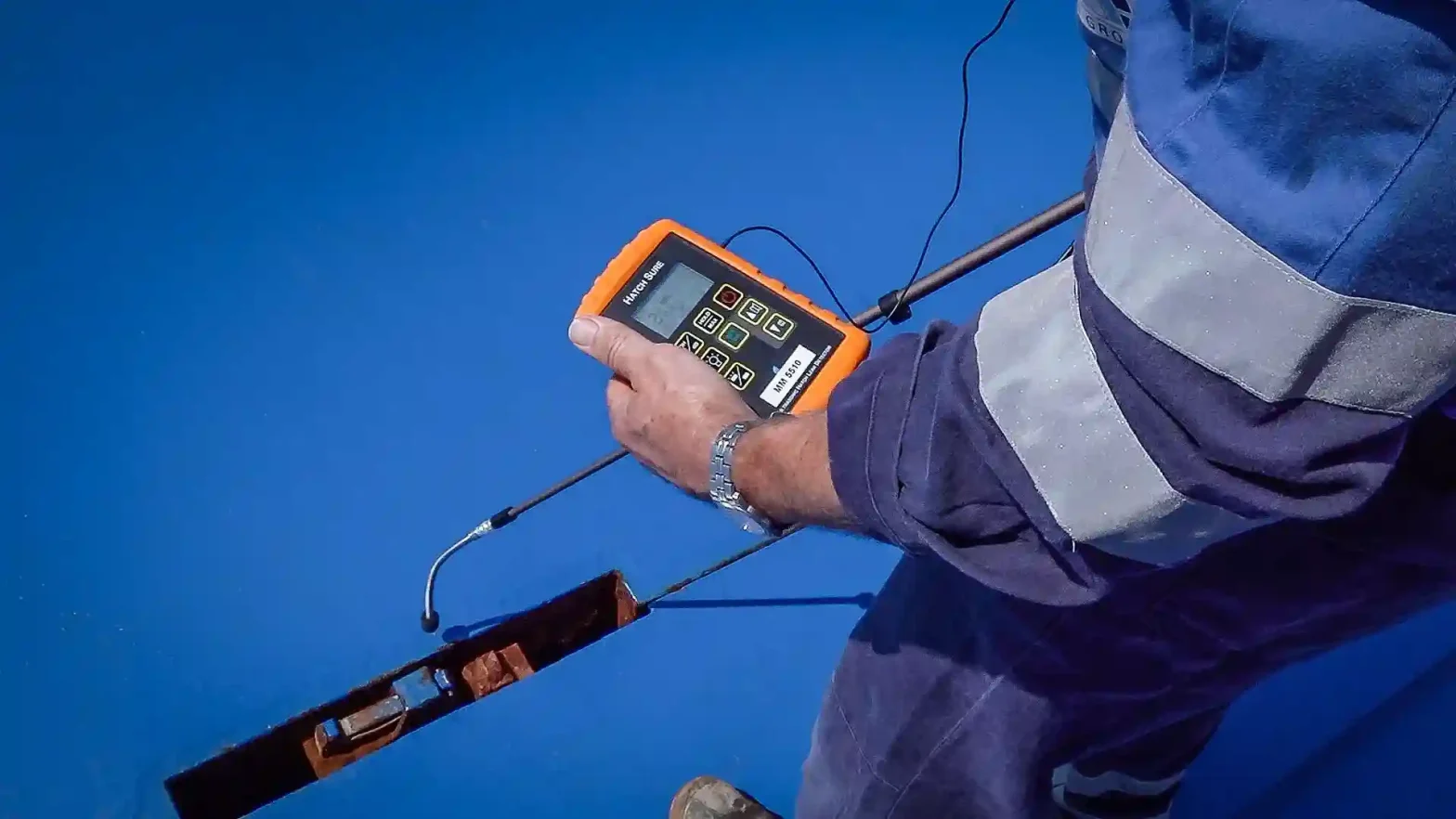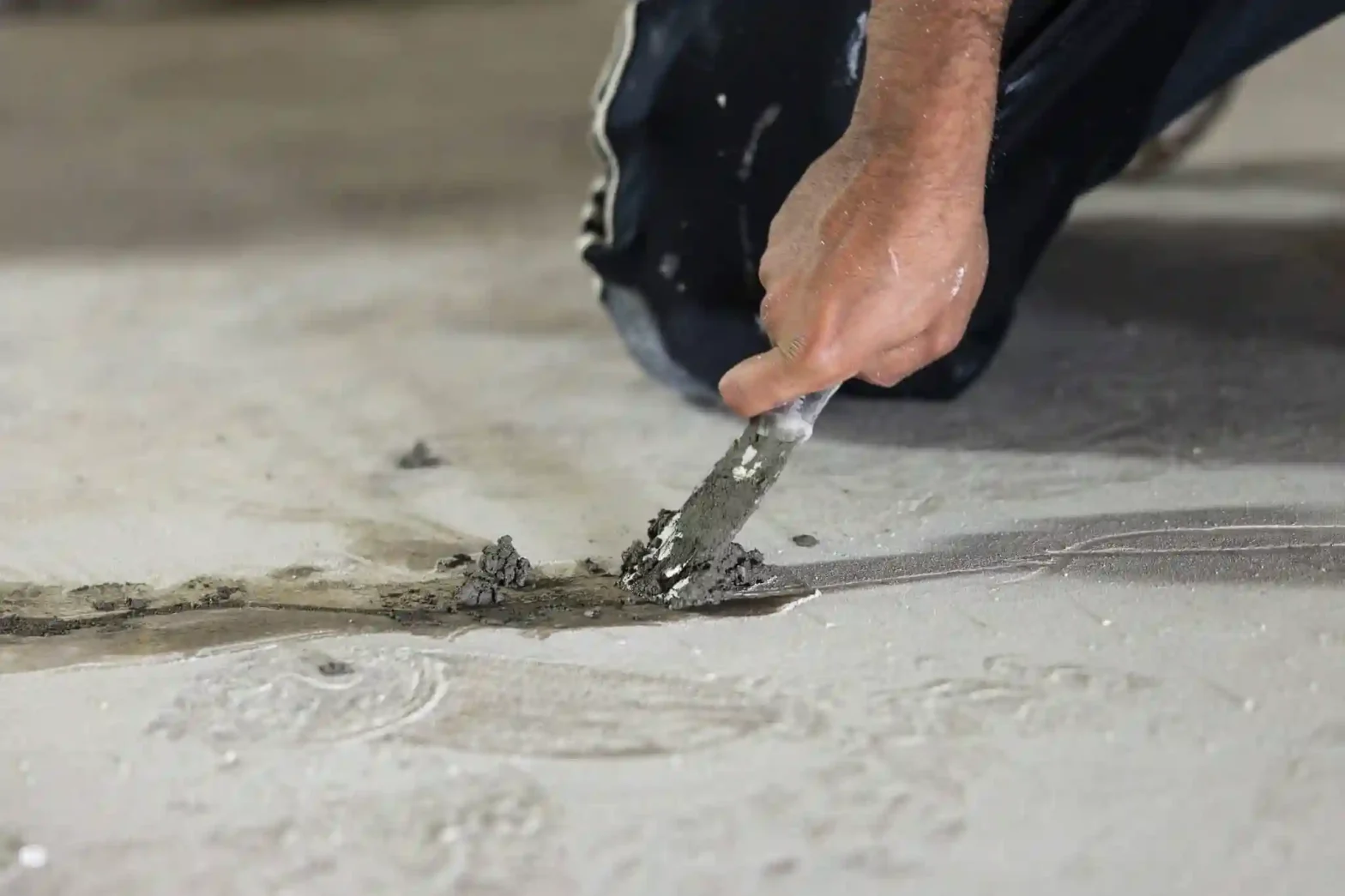Slab Leak Repair: Choosing the Right Approach for Your Home
Dealing with a slab leak can flip your day in an instant. One moment the house feels perfectly normal; the next, you notice a warm patch spreading beneath your toes or open a water bill that makes you double-take. Maybe you catch a faint whoosh of water in the silence after everyone’s gone to bed, even though every tap is tightly shut.
The issue with slab leaks is where they happen. These leaks form beneath your home’s concrete foundation, meaning they’re hidden and more challenging. Repairs are more complicated than pipes under your sink or behind a wall. Thankfully, the way slab leaks are repaired has come a long way. Today, there are more options than ever, some more. Because these leaks hide under the concrete slab that supports your floors, they stay invisible until the damage snowballs. When that moment arrives, just one thought crowds out everything else: How do I fix this without turning my home into a war zone?
How Repairs Used to Work
In past decades, tackling a slab leak felt eerily similar to road construction, except the crew set up shop in your living room. Workers rolled heavy jackhammers through the front door, lifted rugs, and began cutting a noisy trench through several inches of concrete. Dust drifted into ceiling fixtures, found its way under closed doors, and left a fine gray film on furniture you were sure you had covered. After the demolition phase, the plumbing team finally reached the compromised line, often a corroded joint or a pinhole in aging copper. They cut out the defective section, fused in a replacement, then ran a pressure test to confirm success.
Even when everything went perfectly, restoration had only begun. Fresh concrete needed time to cure; flooring had to be replaced or refinished; trim and baseboards required sanding and painting. Families discovered that the aftermath, hauling debris, matching tile, repainting walls, and running air scrubbers, claimed far more hours and money than the actual plumbing work. The one true upside was certainty: with the damaged pipe exposed, the plumber could inspect it directly and leave knowing the leak was gone. In tiny, single-story homes with concentrated plumbing layouts, cutting through the slab can still make sense, but the disruption outweighs the benefit for most households.
How Repairs Look Now
Today, those jackhammers often remain in the truck because modern repair methods aim for speed, cleanliness, and long-term reliability without touching the slab. When rerouting above the slab is feasible, plumbers abandon the suspect line and install brand-new PEX tubing through attics, closets, or walls. Epoxy pipe lining takes another path, coating the inside of an existing line with a liquid resin that hardens into a seamless, watertight sleeve, no concrete dust required. For lines that cannot be reached from above, technicians may opt for pipe bursting: a cable pulls a cone-shaped head that shatters the old pipe outward while a new one slides in behind it, all through two tidy access points usually hidden in a closet or outside wall.
These approaches shrink repair times from days to hours and spare you the sight of plastic sheeting draped across doorways. A conscientious plumber will also read the bigger picture. If your house still relies on brittle galvanized steel or thin-walled copper, the technician may suggest replacing additional lines before they fail. Spending more today helps you dodge multiple emergencies tomorrow and offers extra peace of mind if you plan to sell the home soon.
Deciding Which Solution Fits Your Home
Choosing between these methods hinges on several intertwined factors. Start by picturing your floor plan and finishes. A leak beneath vinyl in a seldom-used mudroom might be a simple cut-and-patch, but the leak under hand-finished oak in an open living area almost always favors a trenchless fix. Material age tells another part of the story: copper installed a decade ago could need nothing more than a localized repair, whereas pipes laid half a century back often show widespread corrosion that calls for a broader solution.
Actual cost encompasses far more than the plumber’s line item. A seemingly cheap break-and-patch can quickly balloon once you include concrete resurfacing, tile work, trim carpentry, and several days or weeks of dust mitigation. By contrast, a trenchless option sometimes looks pricey up front yet proves economical after you add up every restoration expense you no longer have to shoulder. Time has its price tag as well. Reroutes and epoxy linings frequently finish in one afternoon, letting daily life continue with minimal interruption. Jackhammer work stretches longer, especially when cure times, municipal inspections, or flooring-contractor schedules enter the picture.
A final consideration lurks in many homeowners’ blind spot: capability. Some plumbing outfits still follow the “break first, ask later” model because they never invested in trenchless gear or lining systems; others specialize in non-invasive techniques and rarely need to disturb concrete. Interview at least one contractor who offers multiple solutions, then pay close attention to how clearly each one explains the pros and cons. A trustworthy professional walks you through real trade-offs, not scripted sales pitches, and leaves the final decision firmly in your hands.
Recommended reading: What to Ask Your Plumber About Slab Leak Prevention
Getting the Job Done Right
A slab leak disrupts more than plumbing; it unravels routines, amplifies stress, and threatens big-ticket finishes. You deserve a fix that is both thorough and low-stress, and that hinges on choosing the right team. Cali’s Choice begins every project by listening to your story rather than reciting a sales script. During the initial call, a live technician asks pointed but easy questions about floor materials, pipe age, and visible symptoms. When we arrive, we often confirm the leak’s exact location with acoustic sensors, pressure gauges, and thermal cameras without lifting a floorboard.
Clear evidence, digital photos, short thermal videos, and annotated pressure charts back every diagnosis, and our written estimate spells out labor, materials, permits, and potential restoration in everyday language. Once you approve the plan, our crew will lay down protective runners, cover the vents, and tackle the repair with minimal mess. We finish by wiping down surfaces, removing debris, and walking you through a detailed summary you can forward directly to your insurance adjuster. Our work carries a firm warranty, and our phone lines stay open long after the final invoice, so follow-up questions are welcome and not bothersome.
Frequently Asked Questions
Q: How do I know I have a slab leak?
A: Tell-tale clues include sudden spikes in water bills, mysterious warm or damp spots on floors, that ghostly hiss of water in a quiet house, or a musty odor near baseboards. One symptom merits an inspection; two or more demand urgent attention.
Q: How long will the repair take?
A: Coverage differs by policy. Many insurers pay for water-damaged flooring and drywall, but leave the plumbing repair to the homeowner. Contact your agent before work begins to learn which photos, invoices, and reports you need for reimbursement.
Q: Are chemical drain cleaners safe for pipes?
A: Reroutes, epoxy linings, and most pipe-burst applications wrap up in a day, including cleanup. Traditional break-and-patch sprawl across several days once concrete curing, flooring installation, and city inspections are factored in. Your contractor should share a schedule that runs from setup to final touch-ups.
Q: Can I stay in my house while it’s being fixed?
A: Nearly always, yes. You might spend a few hours without water or steer clear of the noisiest room, but complete relocation is rare. Some homeowners step out for lunch if jackhammers are involved, although many modern repairs make even that unnecessary.
Q: Will a reroute hurt my home’s resale value?
A: In most markets, it helps. Buyers like knowing they are walking into a house with fresh PEX lines instead of aging copper or galvanized steel. Access points typically hide in closets or attics, leaving aesthetics unharmed.
Q: What happens if I ignore the leak?
A: Water undermines soil, widens cracks, and feeds mold. Left unchecked, the leak will ultimately lead to structural damage and far higher repair costs, often totaling more than the price of a timely fix.
A slab leak can feel overwhelming. Yet with up-to-date technology, clear explanations, and a partner you trust, the crisis shrinks to a solvable project. Whether the best route is a pinpoint patch or a comprehensive reroute, Cali’s Choice stands ready to steady the ground beneath your feet, delivering proven craftsmanship and genuine peace of mind.


